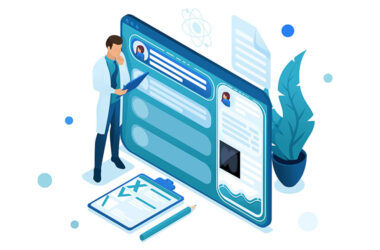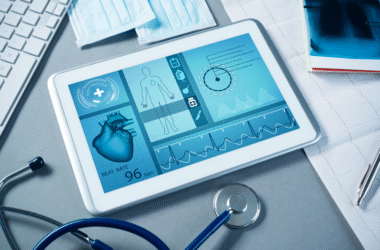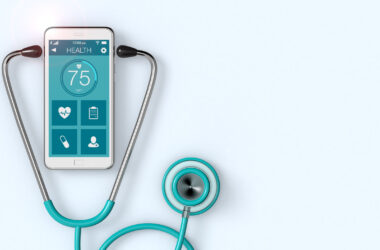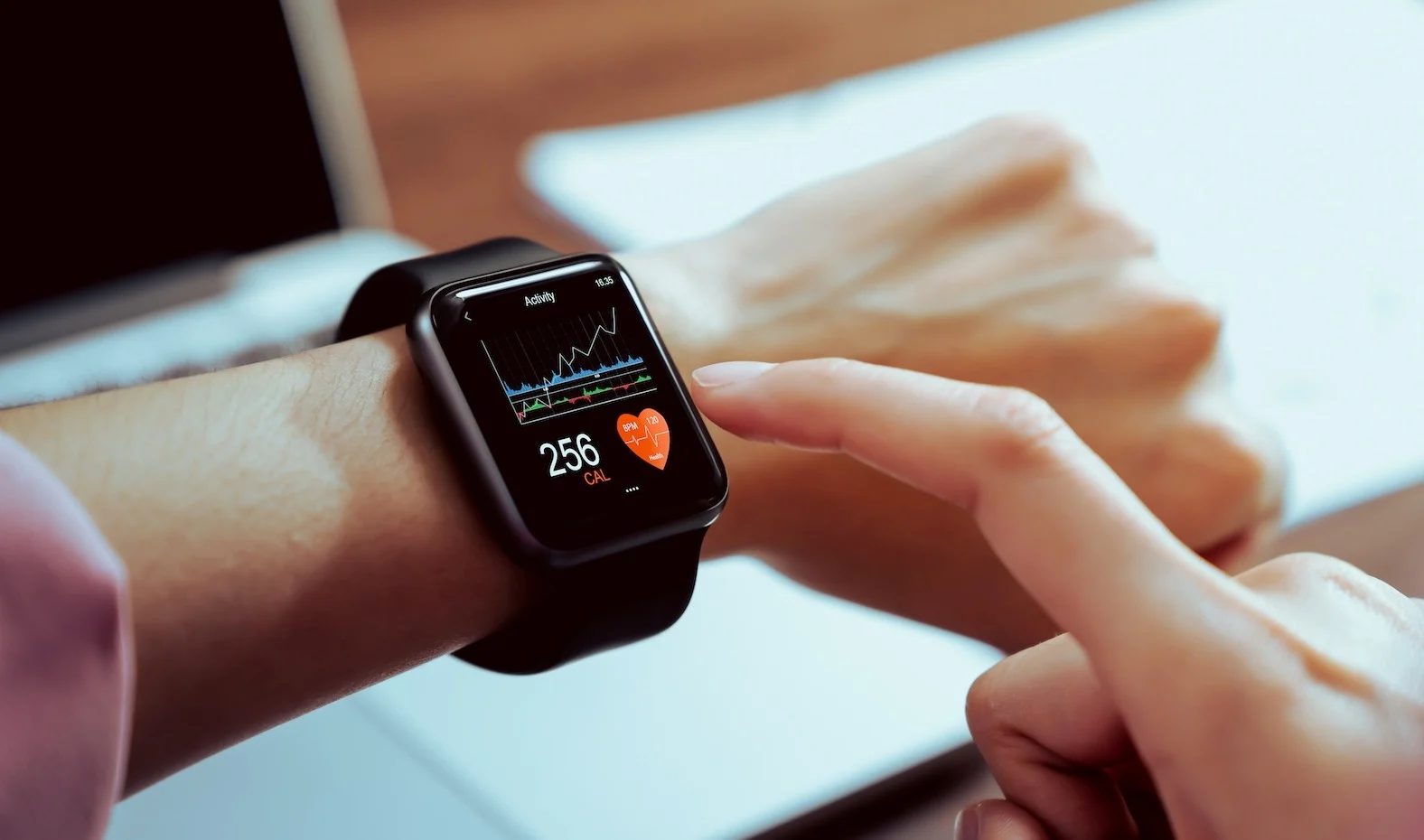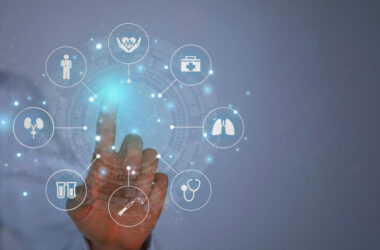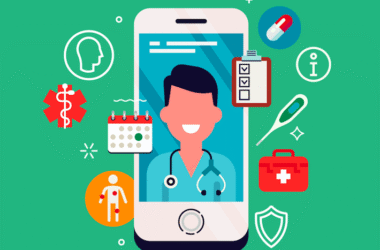Wearable devices have grown in use over the last decade as tools that let patients and doctors keep track of key health signals without needing an office visit. And more people now wear smart watches or fitness bands to watch heart rate, steps walked, or sleep patterns. Many medical teams use data from these gadgets to spot issues early and to guide care plans. In fact, about 21 percent of adults in the United States report wearing a fitness tracker on a regular basis.
Moreover, the market for wearable health devices reached over 122 billion US dollars in 2022, which shows just how common these tools have become. And roughly 30 percent of patients with chronic conditions now use a wearable to share data with their health team. Those numbers mean that more people get support and checks on their health without stepping into a clinic.
Key Functions of Wearable Devices
Heart Rate Tracking
Smart watches and chest bands can measure heart beats every second. This data lets a doctor or nurse find high or low heart rate events before they get worse. For example, a study found that remote heart rate checks helped reduce emergency visits for heart issues by 25 percent among at-risk patients.
Sleep Monitoring
Patients often do not know they have poor rest until they feel tired in the day. Wearable rings and bands record how long someone stays in light or deep rest. Then apps show a report that both patient and doctor can review. In a survey, more than 40 percent of users found that seeing their sleep data led them to make health changes in one month.
Activity Levels
Devices also track steps, distance walked, and calories burned each day. And patients with diabetes or weight concerns receive tips on when to move more or rest more. With that info in hand, a care team can set goals that fit each person’s life and check progress over time.
Benefits for Patients and Doctors
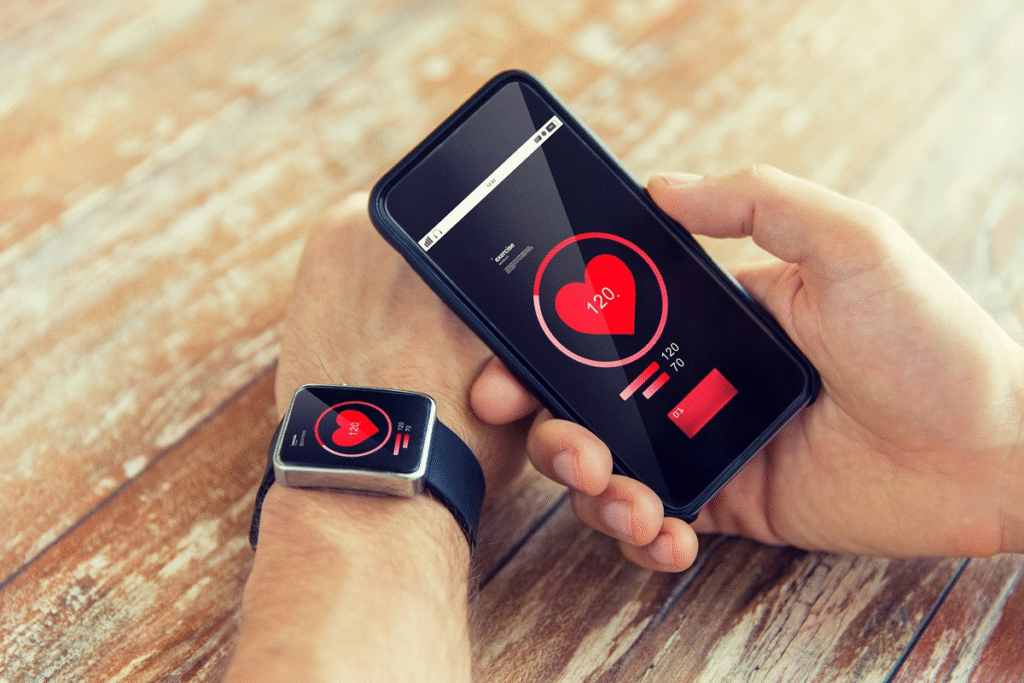
Early Alerts and Action
When a wearable notices a worrying trend it can send an alert right away. For instance, if a heart rate falls too low or stays too high, an app can tell the patient to call a nurse line or see a doctor. In turn, doctors get a notification and can review data before an issue becomes an emergency.
Better Patient Engagement
People tend to feel more in charge when they see their health data each day. And that sense of control can lead to healthier steps, like sticking to a diet plan or taking medicines on time. About 68 percent of adults using wearable monitors said they felt more involved in their own care.
Lower Costs and Fewer Visits
When data flows from home devices to care teams, patients avoid in‑person checkups that might not be needed. Some health systems report a drop of 30 percent in office visits once they added remote checks for chronic disease patients. This shift can save time, cut parking or travel costs, and free up clinic slots for people who need hands‑on exams.
Challenges and Considerations
Even as wearables shine in many ways, some points need close look. First, not all devices meet strict medical standards. A fitness band may track heart rate well for exercise but miss small telltale signs of trouble at rest. Therefore, doctors must check how a gadget measures data before they rely on it.
Plus, data sharing raises privacy questions. Patient health info is sensitive, and any app or cloud service must encrypt data to keep it safe. In one report, 22 percent of users said they felt uneasy sharing health data over the internet. Health teams must make clear how they store and use data to build trust.
Another factor is access to devices. Some people may not have a smartphone that pairs with a watch or band. And cost can block use among those on fixed incomes. Offering loaner devices or low‑cost options can help more patients take part in remote monitoring programs.
Future Outlook
Looking ahead, wearable tech stands to bring even more value to remote care. New sensors may track blood sugar or blood pressure without a needle. And as machine learning grows, apps will get better at spotting when a patient needs help. In fact, by 2027, an estimated 40 percent of large health centers aim to use advanced remote monitoring for chronic care.
Moreover, if devices get more accurate and cost less, wider groups of patients can use them. Schools or work places may offer health screenings via wearable gear. And that shift could help catch issues earlier on a large scale.
At the same time, regulators and standard groups will press device makers to meet clear safety and accuracy rules. Those steps will let doctors trust data more and may drive wider insurance coverage for device costs.
Conclusion
Wearable devices play a key role in letting patients and doctors connect without steps or lines. They send heart rate, rest, and activity info straight to care teams, which can spot trouble, guide treatment, and cut visits. And as these tools get better and more widespread, they will help people stay on top of health in their daily lives.
By using these gadgets with care, health teams can give more support and spot issues fast. And patients can take part in their own care with data at their wrist or on their chest. That partnership may help cut costs and improve health outcomes over time, once tech and care teams work side by side.

